THE SEVEN CONTINENTS OF VISHNU PURAN PART ONE, JAMBUDWIPA, aFRICA
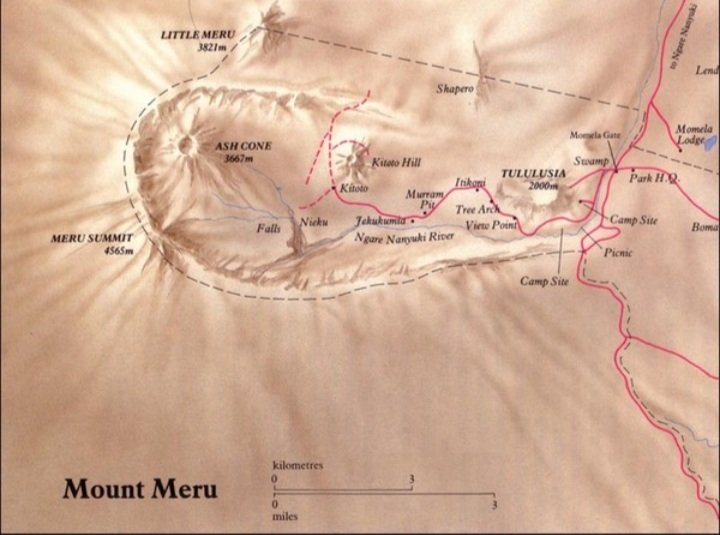

“this mountain is like the seed-cup of the lotus of the earth” (Vishnupuranam on Mount Meru)

So I was randomly perusing the Vishupuranam the other day, a copy of said sacred scripture I picked up at Night Heron Books and Coffeehouse a number of months ago, and I came across the above passage and was immediately awestruck!

“This passage is talking about the division of Africa amongst some ancient kings sons !!” I thought or softly spoke aloud to myself and whatever spirits or muses might be attending
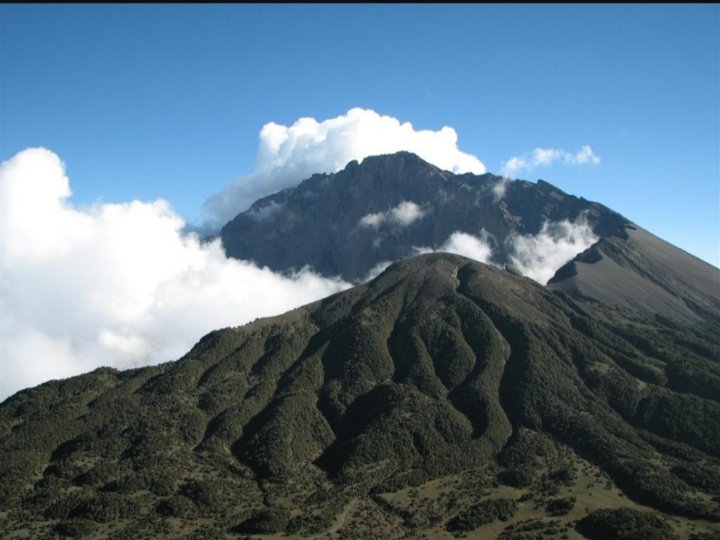
Indeed, it is clear enough that Mount Meru, a sacred mountain touted by Hinduism, Buddhism and Jains (and others?) to be the sacred Mountain of the Gods, is in fact and historical truth, the mountain that bears the name Meru in Tanzania, Africa !! At least insofar as the ancient description written and proffered in the Vishnupuranam does attest, Africa is the dwipa (Sanskrit for “island” . . . or “continent”?!) of Jambudwipa, one of seven “dwipa” described in the following passages of the Vishnupuranam, seven “islands” that might well be the seven continents of this world as we know it.

According to Book II, chapter 1 of the Vishnupuranam, Agnidhra divided Jambudwipa between his nine sons. I payed special attention to the references to Mount Meru as I read, as I had for a while considered and intuited the mountain bearing said appellation in Africa was very likely the sacred Meru of Hindu mythology. I was immediately struck by the cognates, as those are often the easiest clues to ancient connections of ancient peoples.
“And he [Agnidhra] bestowed upon Ilávrita the country in the centre of which mount Meru is situated. And he conferred upon Kamya the countries lying between it and the Nila mountain.”
Mount Meru is just south of Kenya. Nila in Sanskrit means “blue,” and thus the above passage is likely describing the area between Mount Meru in Tanzania and the source of the Nile–the “Blue Nile”–as being granted to Kamya, i.e., the lands later known as Kenya !! There is a tribe in Kenya known as the Nandi people. Nandi is Lord Shiva’s vehicle according to Hinduism.
“He gave to Hiravat the country lying to the north of it [i.e., north of Kamya’s granted kingdom].” North of Kenya is the ancient Kingdom/Empire of Ethiopia. The touted first emperor of Ethiopia was Mara Takla Haymanot. Hiravat . . . Haymanot.
Sanskrit for mara:
1 maram. ( %{mR}) dying , death (see %{pari-mara}) ; the world of death i.e. the earth
2 mAramfn. ( %{mR}) killing , destroying ; m. death , pestilence ; slaying , killing ; an obstacle , hindrance ; the passion of love , god of love
Sanskrit taksa:
1 takSa1 mfn. `” cutting through “‘ ; of a son [of Bharata . . .
Taksasa was King of the Nagas.
The first Emperor of Ethiopia was Hiravat, son of Agnidhra, not son of King Solomon and Sheba, as is generally claimed by Ethiopians (unless King Solomon actually was King Agnidhra). Most likely the Ethiopians merely fitted the memory of their ancient King Hiravat to fit the Judeo-Christian mythology as Judaism and Christianity became prominent in their land.
To Agnidhra’s son Nabhi was granted “the country called Hima, south of Himavân or snowy mountains,” and later described as “the country of Nimahwa.” Could this be Namibia?! There are mountains in Namibia that do see snow, and in different climatalogical times may have received much more.
“Then he gave to Bhadraswa the countries situated on the east of Meru and he gave to Ketumala Ghandhamadana which was situated on the west of it [Meru].” Ghana was an empire in western Africa from the 4th century CE, about the time of the purported penning of the Vishnu Puranam, and is indeed west of Mount Meru as told in the text. A well known tribe in Ghana was the Ashanti tribe, whose name means “warlike.” Ashanti in Sanskrit means “not peaceful.” The Gana, according to Hindu mythology, are the attendants/warriors or Shiva. Though the term Swahili is touted to derive from the Arabic sawahil meaning “coastal” it seems more than tempting think the term Swahili derived from the name Bhadraswa else a compound of the terms, as Bhadraswa was given the “countries situated east of Meru,” which is indeed the homeland of the Swahili people. The name of the coastal city Mombasa similarly sounds rather like Mumbai (Bombay), an ancient port city on the opposite side of the Indian Ocean from Mombasa, Kenya.
Two other very ancient east African trading centers were Mapungupwa in northeastern South Africa, and Manyikeni in Zimbabwea. Mapungupwa was centered around Mapungupwa Hill, a table mountain that was touted anathema to even look upon by the peasants. If Mapungupwa was by chance derived from a Sanskrit word: mA, “fashion, form, build” + pUN, “collect or heap together” + gupta, “protected, guarded, hidden, kept secret.” This certainly seems to well describe what is evident of the fortress hill of Mapungupwa.
Another important trading center in ancient southern Africa in Zimbabwe was Manyikeni. MaNi is Sanskrit for “jewel, gem, pearl, any ornament or amulet.” Gold and other precious materials were the touted goods traded at Manyikena.
African languages are rife with Sanskrit cognates, despite the fact that Eurocentric etymologists dared not examine linguistic similarities between Sanskrit and African languages, for fear that European culture might prove less important than they imagined (see previous post, “Sanskrit and Somali?!”).
I have yet to determine the precise connections of the names of the other sons of Agnidhra to corresponding regions in Africa relative to Mount Meru according to the above scriptural text, save that the country of Nishada might correspond to the land of Nigeria, and that the country given to Kuru “bounded by Sringavar” might be Madagascar, though have not come across any other linguistic or other clues to reify those contentions, nor certainly to further the contention that Agnidhra might, via whatever etymological evolution or devolution to be traced, be in fact a source of the name of the continent of Africa !!
ANCIENT AFRICAN HATHA YOGA
Yet more evidences that sanAtana dharma and yoga were practiced in ancient Sub-Saharan Africa…Terra Cotta figurines from Djenné-Djenno in Mali (2000 years old):

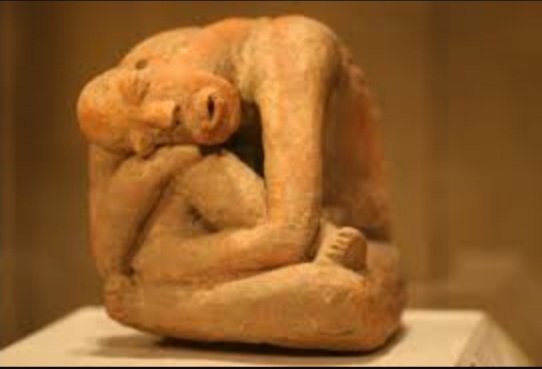
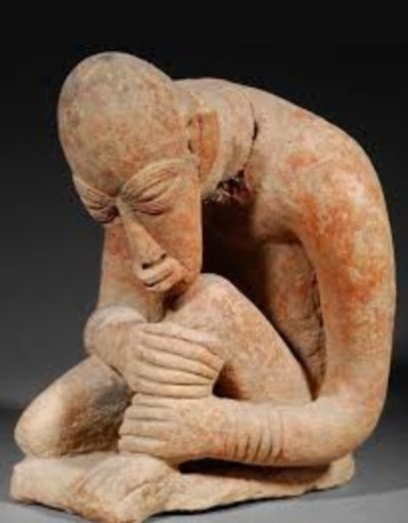
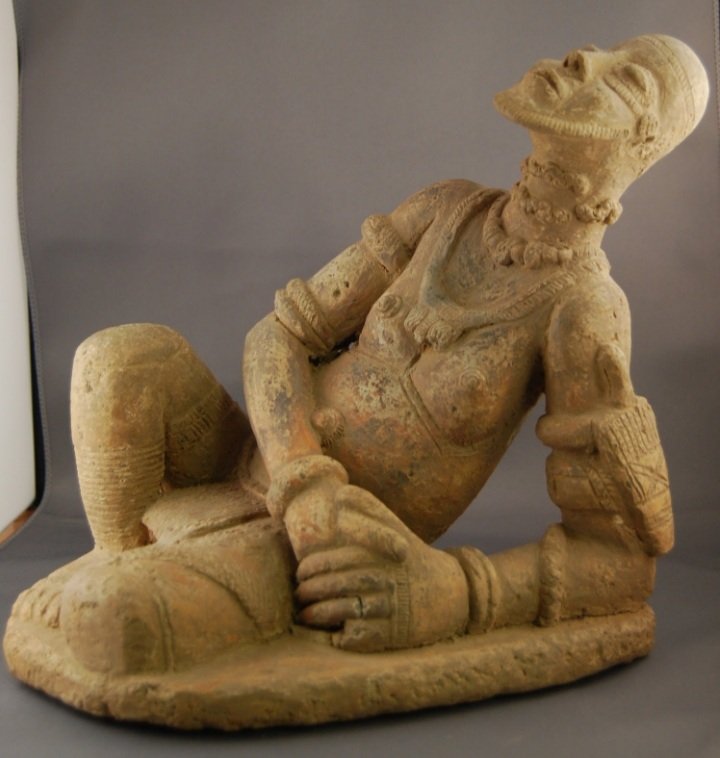
The above well considered, it seems certain that the Meru of the Vishnu Puranam is indeed the Meru in Tanzania. It did just occur to me recently to view both the Mount Meru of Tanzania and the Mount Meru in the Himalayas from a satellite view, and it became immediately apparent that the two are both east-facing bowls, or perhaps linga-yonis. Though indeed Tanzania’s Mount Meru is almost certainly the Mount Meru described in the Vishnu Puranam, as it much resembles a lotus seed pod, the two are undeniably similar geological formations, and are both considered sacred by the respective indigenous peoples thereabout. What subtle sacred geometry might be at play, functional in those formations to who knows what ends, I haven’t figure out as yet… more of the other six dwipa will find.
this all credit goes to jeffrey charles archer.
I wrote what he has done. our education system has ruined a lot need to changed
https://karma-dharma-bhutadaya.blogspot.com/2017/10/the-seven-continents-of-vishnupuranam.html?m=1
DISCLAIMER: The author is solely responsible for the views expressed in this article. The author carries the responsibility for citing and/or licensing of images utilized within the text.
